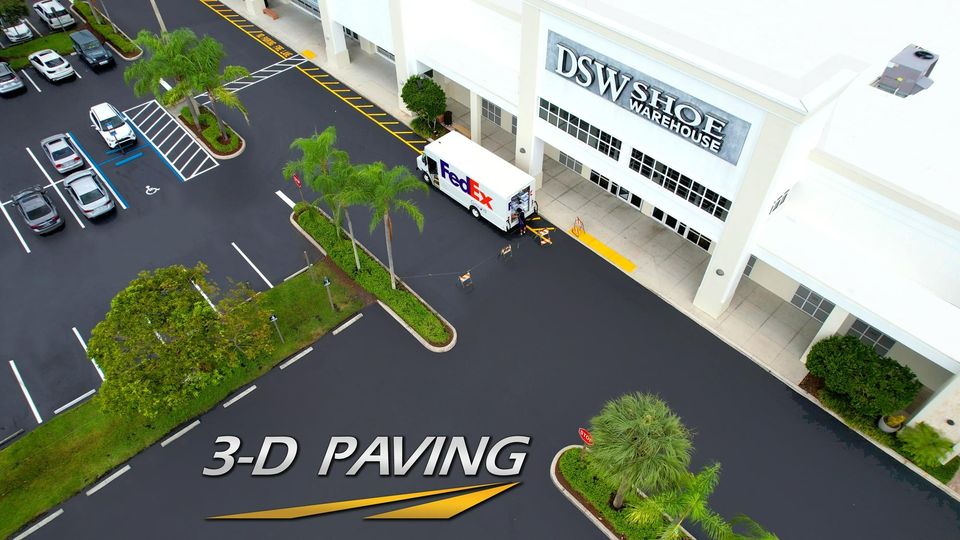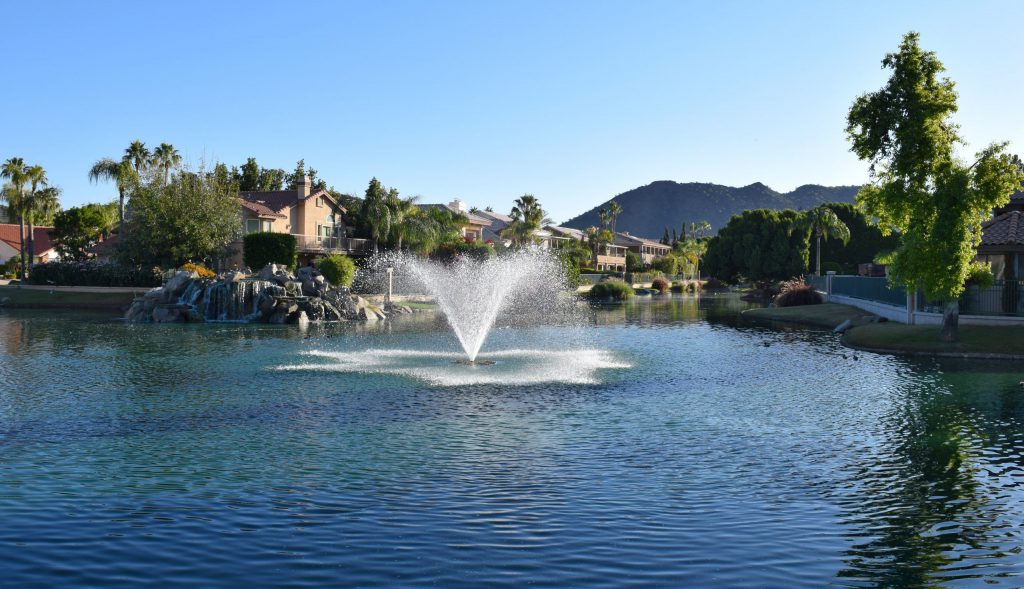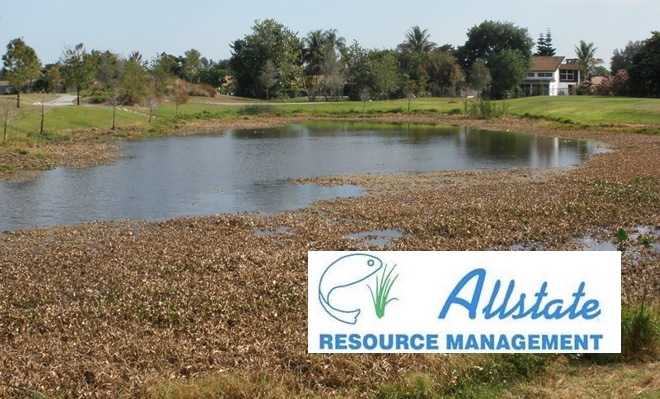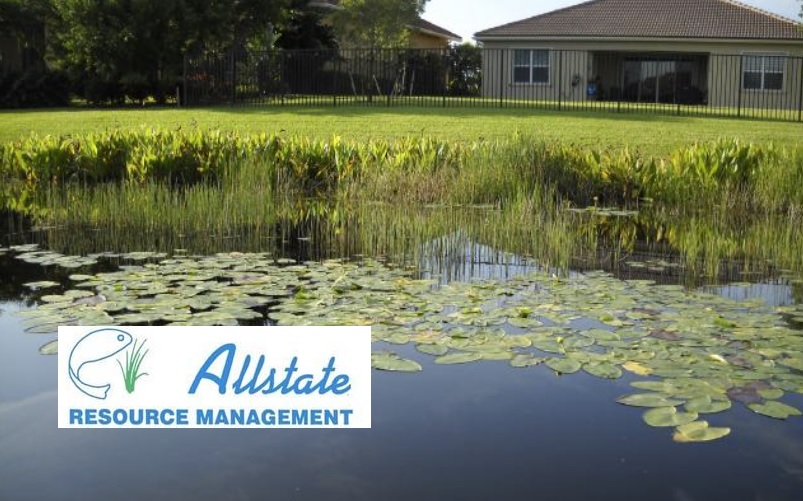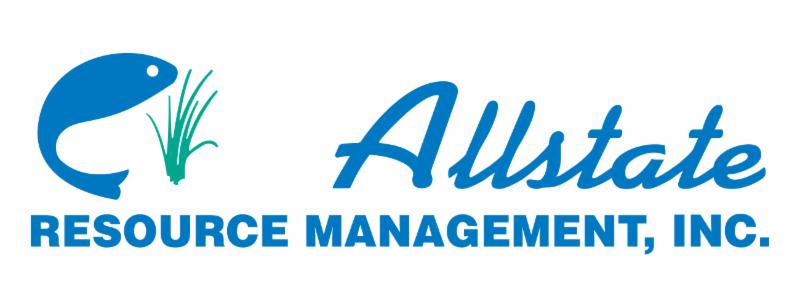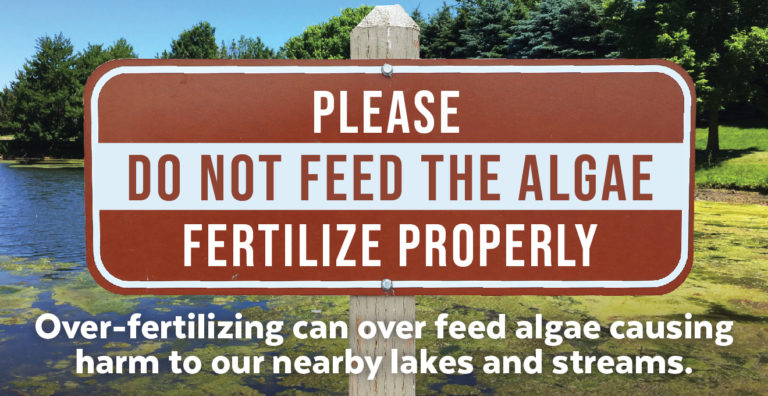New Module: Inspections and Checklists
 We can’t think of a better time than the current environment to be introducing to you our newly released Inspections and Checklists Module! Whether you want to document all of the new practices in place because of COVID-19, or to lock down your existing routines for property inspections, employee daily task lists, or monthly/yearly PM (preventative maintenance), there is a new way to do it all:
We can’t think of a better time than the current environment to be introducing to you our newly released Inspections and Checklists Module! Whether you want to document all of the new practices in place because of COVID-19, or to lock down your existing routines for property inspections, employee daily task lists, or monthly/yearly PM (preventative maintenance), there is a new way to do it all:
Make A Checklist Out Of It!
The new Inspections and Checklists Module will help bring consistency and excellence to your daily routines. Your property managers can build checklists of any kind and length – and your staff can document existing conditions or completed tasks conveniently in the field, using the same BuildingLink GEO mobile app they already know and use every day!
This is a very feature-rich module! Be sure to read the below ‘Q & A’ to learn more about automated inspections via the built-in scheduler, or easily creating work orders during an inspection – and lots of other useful shortcuts and features!
We’ve released the initial version of our Inspections and Checklists module to most of our buildings, and are eager to hear your feedback! Managers can access the module under the “Maintenance” section of the left-hand navigation in BuildingLink. If you’re not seeing it, and want it released for your building, email us at support@buildinglink.com, or call 212-501-7117.
You’ve got questions? We’ve got answers!
|
|

|
Q: What types of checklists have buildings been creating so far?A: We are seeing lots of diversity here! For example:
- Daily/weekly/monthly task lists
- Lobby, common areas, and grounds walk-throughs
- Move-in/move-out, in-unit inspections
- Mechanical room and rooftop inspections and PM
- Start-of-shift checklists
- Amenities opening checklists (i.e. fitness center, pool)
Q: Is there a limit to the number of checklists, or number of items on a checklist, that can be created?
A: No, there is no limit! In addition, if you want to make multiple versions of a checklist with small changes (to reflect different apartment layouts or daily/monthly/yearly routines), there is a convenient “Clone a Checklist” function that you can use and modify, to save you time!
Q: What types of inputs are possible for each checklist item?
A: Obviously, a checkbox is added for you, and a textbox for comments from the person conducting the inspection. Finally – and most importantly – the ability to upload one or more photos that document the condition or space being checked.
Q: Is there a library of pre-built checklists that BuildingLink is making available?
A: There are currently three pre-built inspections checklists that a building can use or modify. More will be added in the coming weeks! Topics of pre-built checklists: Facility Exterior, Fire Prevention Checklist, Inspection Plan.
Q: Is there a “Scheduler” or “Assigner” function for inspection checklists that need to be performed on fixed intervals?
A: Yes! The module allows for the scheduling of checklists recurring at fixed intervals, or by specific employees. Any scheduled checklists not assigned to a specific employee, can be completed by any staff member.
Q: Can staff complete checklists “on the fly”, that have not been scheduled?
A: Sure! Any existing checklist can be selected and completed by your staff at any time – even if unscheduled.
Q: What if staff discovers items needing work or repair while completing an inspection? How can they flag it for further attention?
A: Glad you asked! From the in-progress checklist page, your staff can effortlessly generate a maintenance request for any checklist item – which flows directly into BuildingLink’s Maintenance Request Module! It is a one-step integration that allows staff to fluidly complete their assigned inspections and checklists, while still queuing up additional work to be done.
Q: How does management know when a checklist is completed (or not completed)?
A: Managers are notified by email once a checklist is completed and, from their Inspections Dashboard within BuildingLink, they can review the results, export to PDF, or print! On the inspections dashboard, managers can also see scheduled inspections that are overdue.
Q: I have more questions about this module. How can I learn more about it?
A: Visit our help section for more information about the Inspections and Checklists Module!
For more info, contact us at support@buildinglink.com, or give us a call at (212) 501-7117. |
BuildingLink
 BuildingLink is currently used in over 5,000 properties in the U.S. and worldwide, offering efficient management, seamless communication, and an enhanced living experience for residents.
BuildingLink is currently used in over 5,000 properties in the U.S. and worldwide, offering efficient management, seamless communication, and an enhanced living experience for residents.
BuildingLink is the gold standard for property managers looking to upgrade the experience of managing, working and living in a luxury residence, our clients can be found near and far – in New York, Boston, Miami, Dallas, and San Francisco, but also in Toronto, Melbourne, Tokyo and Singapore.
Streamline maintenance and operations.
BuildingLink works like magic to save your employees time, delight your residents, and give you the insights on your building that you need to tackle issues and avoid costly mistakes. Our central dashboard lets you track, search, and monitor everything that matters:
- Service tickets
- Inventory levels
- Employee performance
- Legal documents
- The latest shift
- Your resident’s preferences and requests.
- And even more management tools!
Like this:
Like Loading...
Tags:
Common Area Issues,
Inspection Articles,
Management News,
Members Articles



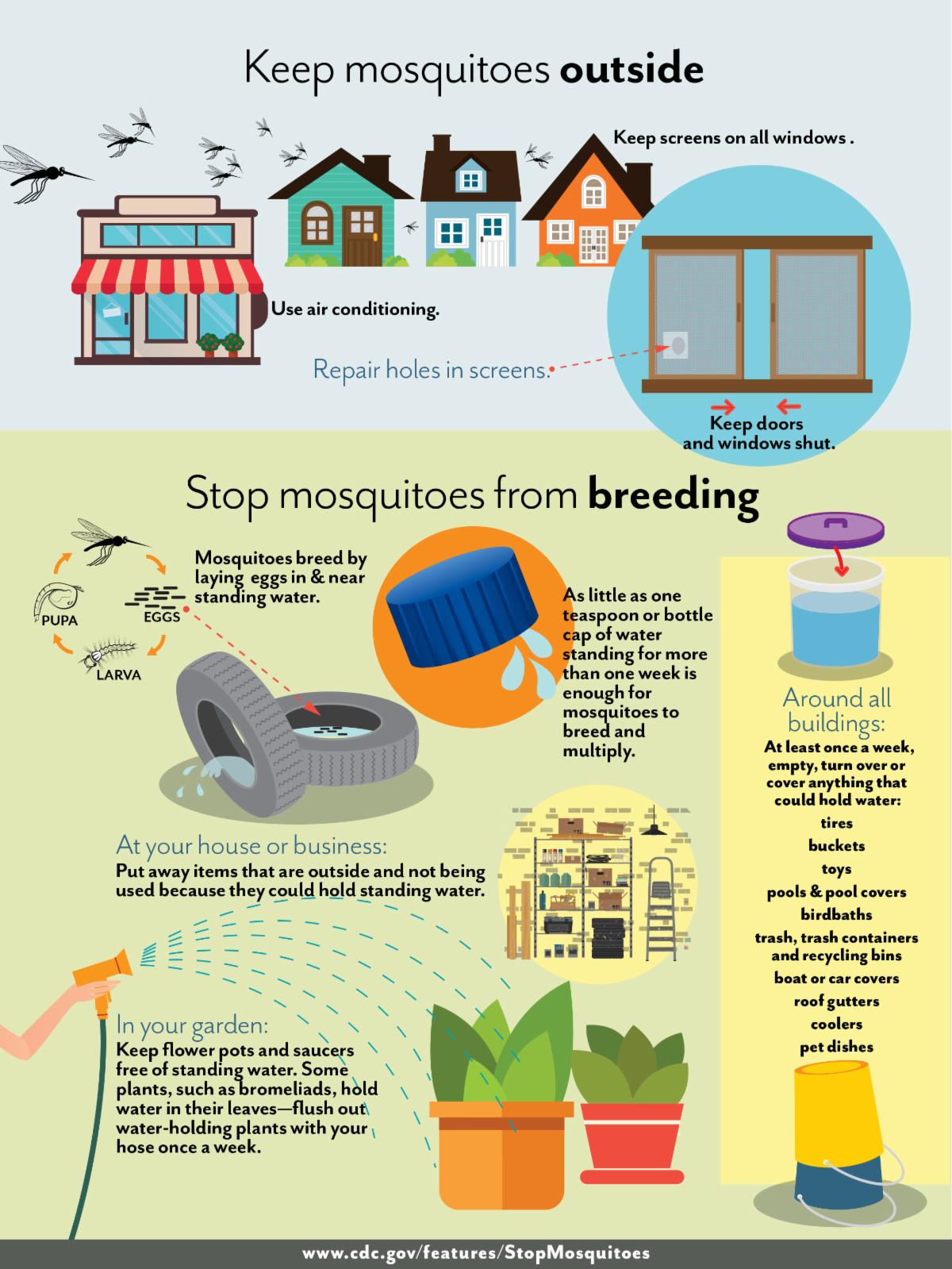


 We can’t think of a better time than the current environment to be introducing to you our newly released Inspections and Checklists Module! Whether you want to document all of the new practices in place because of COVID-19, or to lock down your existing routines for property inspections, employee daily task lists, or monthly/yearly PM (preventative maintenance), there is a new way to do it all:
We can’t think of a better time than the current environment to be introducing to you our newly released Inspections and Checklists Module! Whether you want to document all of the new practices in place because of COVID-19, or to lock down your existing routines for property inspections, employee daily task lists, or monthly/yearly PM (preventative maintenance), there is a new way to do it all:

